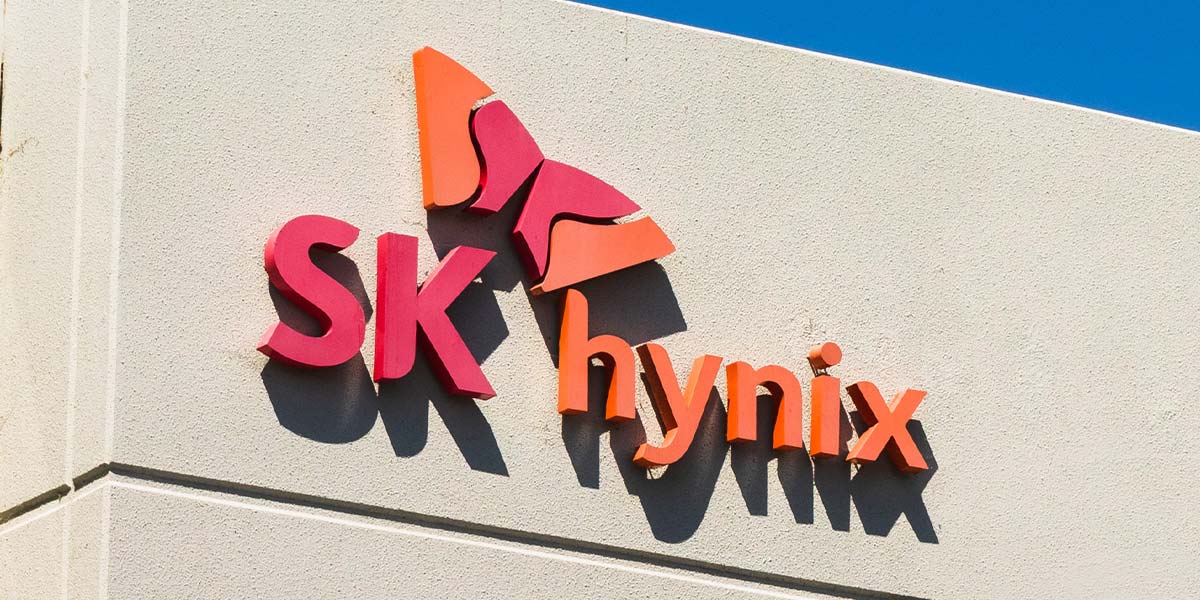SK Hynix reported all-time high quarterly revenue and operating profit, underpinned by sharp growth in demand for its high-bandwidth memory (HBM) chips, a critical component in generative AI chipsets.
For the third quarter, the South Korean memory giant announced revenue of KRW 24.45 trillion ($17.13 billion), just shy of the KRW 24.73 trillion estimated by LSEG’s SmartEstimates. Operating profit reached KRW 11.38 trillion, also slightly below consensus, but the results marked significant year-on-year gains.
Revenue surged 39% compared to the prior year, while operating profit jumped 62%. Quarter-on-quarter, revenue climbed 10% and operating profit rose 24%. In its results statement, SK Hynix highlighted that quarterly operating profit exceeded the KRW 10 trillion level for the first time.
SK Hynix, a key producer of memory chips for servers, smartphones, and laptops, continues to benefit from robust demand in the artificial intelligence sector. Its high-bandwidth memory chips, commonly used in leading-edge AI data center servers, have been a central driver.
High-bandwidth memory, or HBM, falls within the broader DRAM category, powering a wide range of computing devices. SK Hynix revealed it will commence supplying next-generation HBM4 chips this quarter, following agreements with several customers. These HBM4 chips represent the sixth generation of the company’s high-bandwidth memory development.
During an earnings call, an SK Hynix executive noted that HBM products have consistently sold out since 2023. The company’s HBM supply is expected to remain tight relative to demand through 2027 as it ramps up capacity. SK Hynix plans to expand production capabilities in 2026, with nearly all of its planned supply for that year already sold.
By leveraging an early lead in HBM, SK Hynix established itself as the primary supplier to Nvidia, a dominant force in AI chip design. While competitors such as the U.S. based Micron and South Korea’s Samsung Electronics are making inroads—Micron has shipped HBM technology to Nvidia, and Samsung recently cleared a key hurdle with Nvidia’s product qualification—SK Hynix maintains its competitive edge.
Kim Woohyun, SK Hynix’s Chief Financial Officer, said in the results release, AI innovation has fundamentally changed the memory market paradigm, with demand now spanning all product areas. SK Hynix will continue to reinforce its AI memory leadership with differentiated technology and close collaboration with customers.
Industry specialists see further upside. Counterpoint Research forecasts the HBM market will reach $43 billion by 2027, providing continued earnings momentum for suppliers such as SK Hynix. MS Hwang, research director at Counterpoint, commented that SK Hynix must continue enhancing its technological advantage to maintain profitability.
According to Counterpoint, SK Hynix led the global DRAM market with a 38% revenue share in the second quarter, having surpassed Samsung in the first quarter. The firm also reported SK Hynix controlled 64% of the global HBM market, which grew 178% year on year in Q2.





